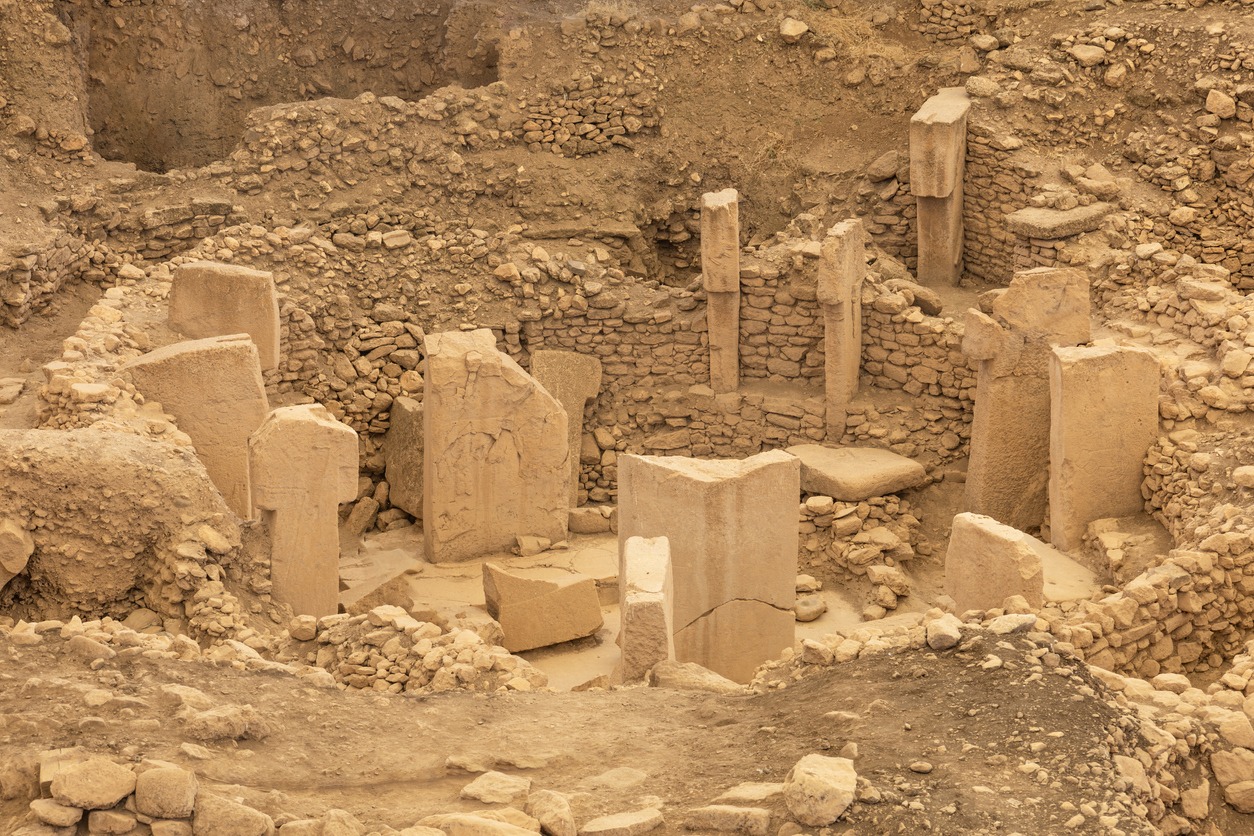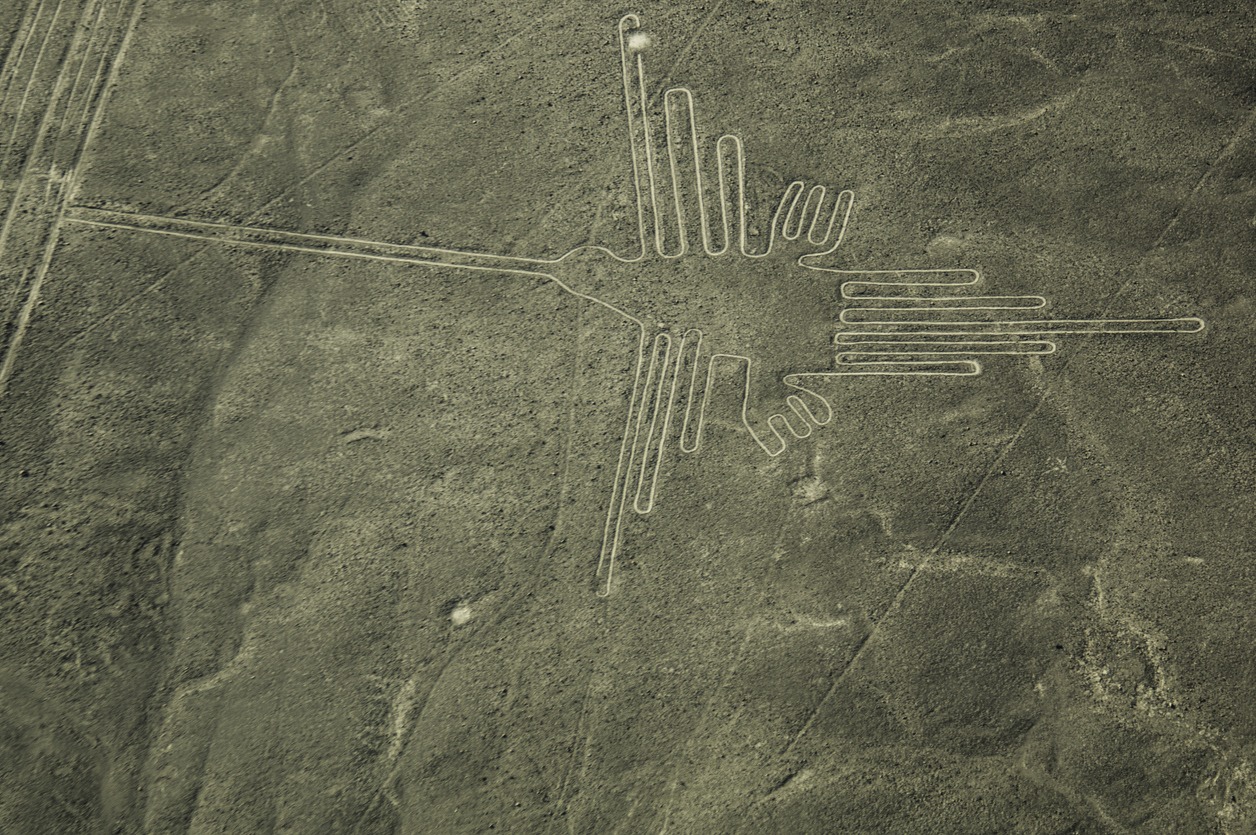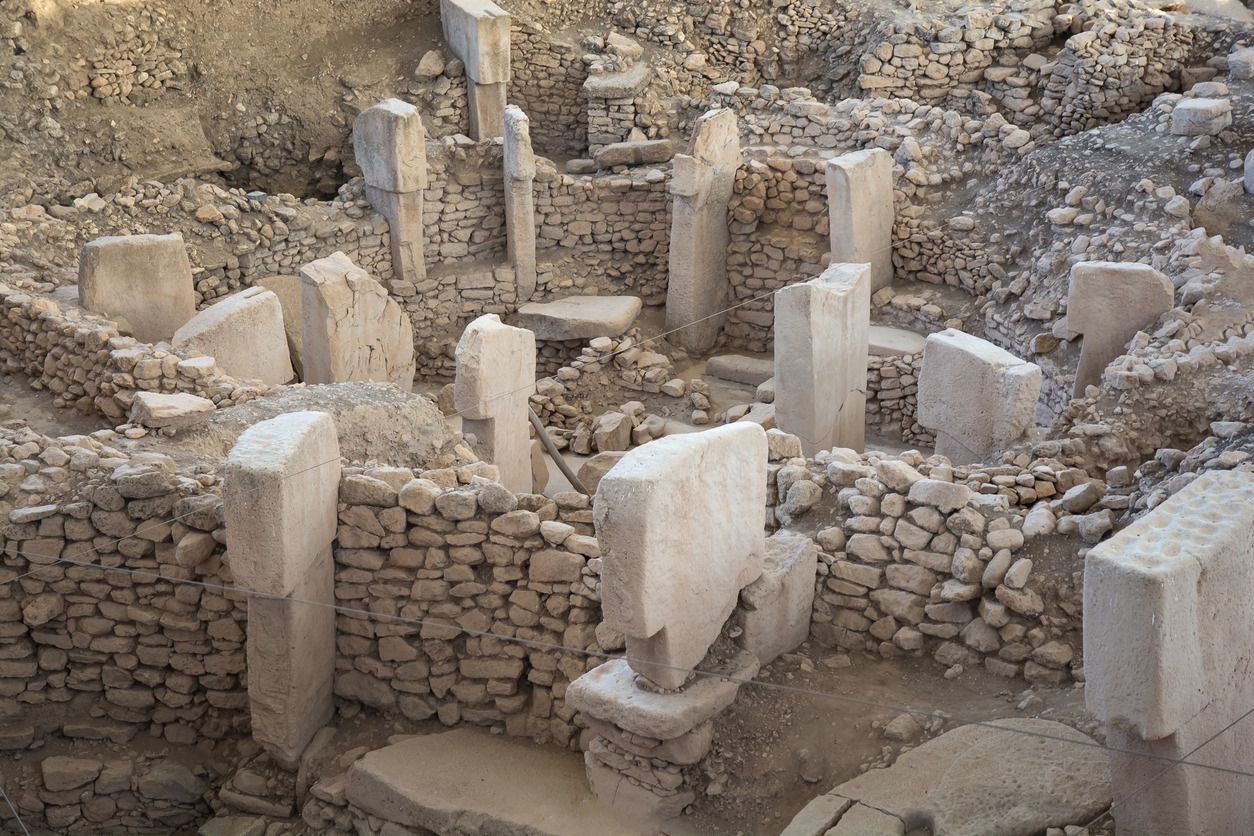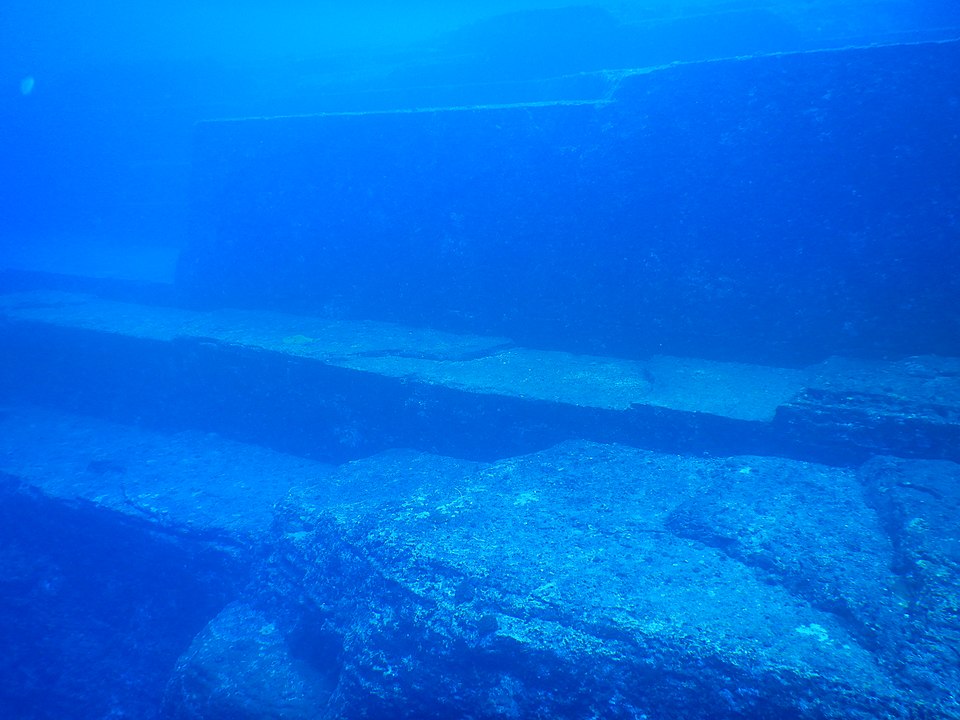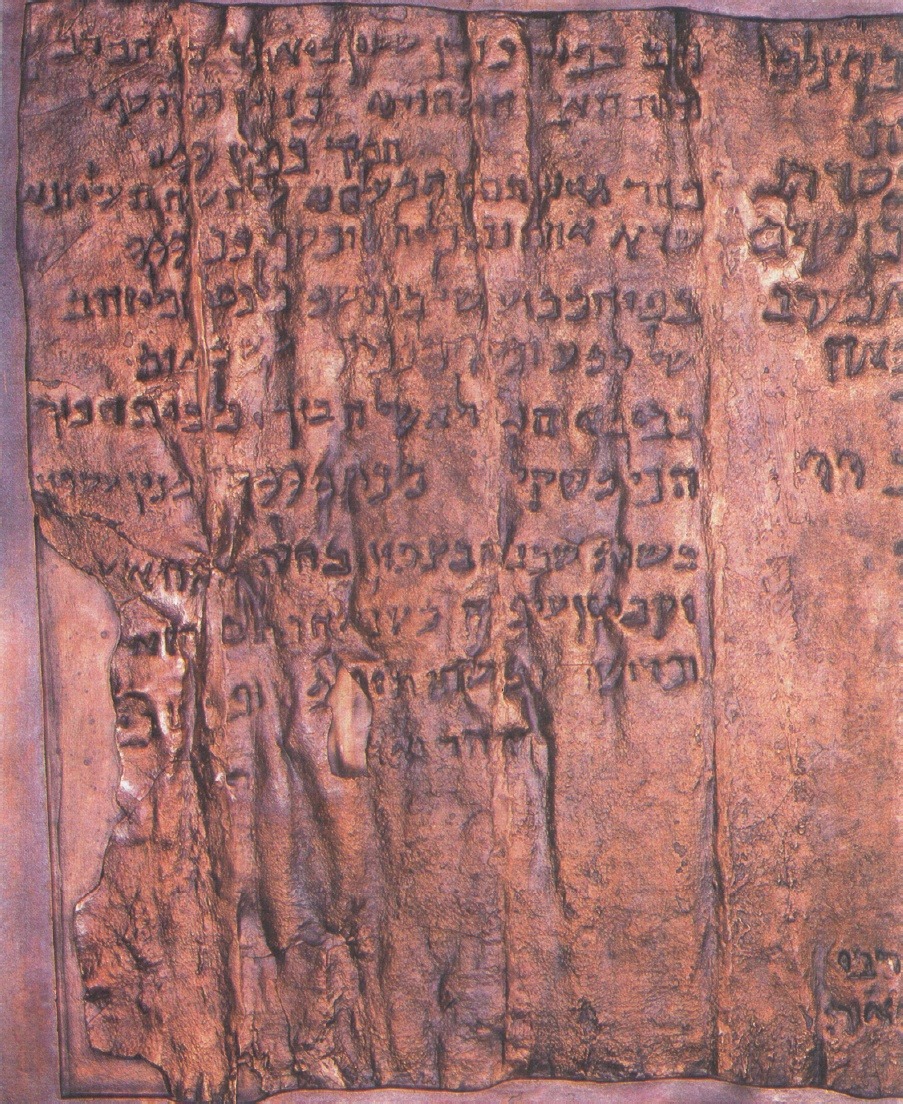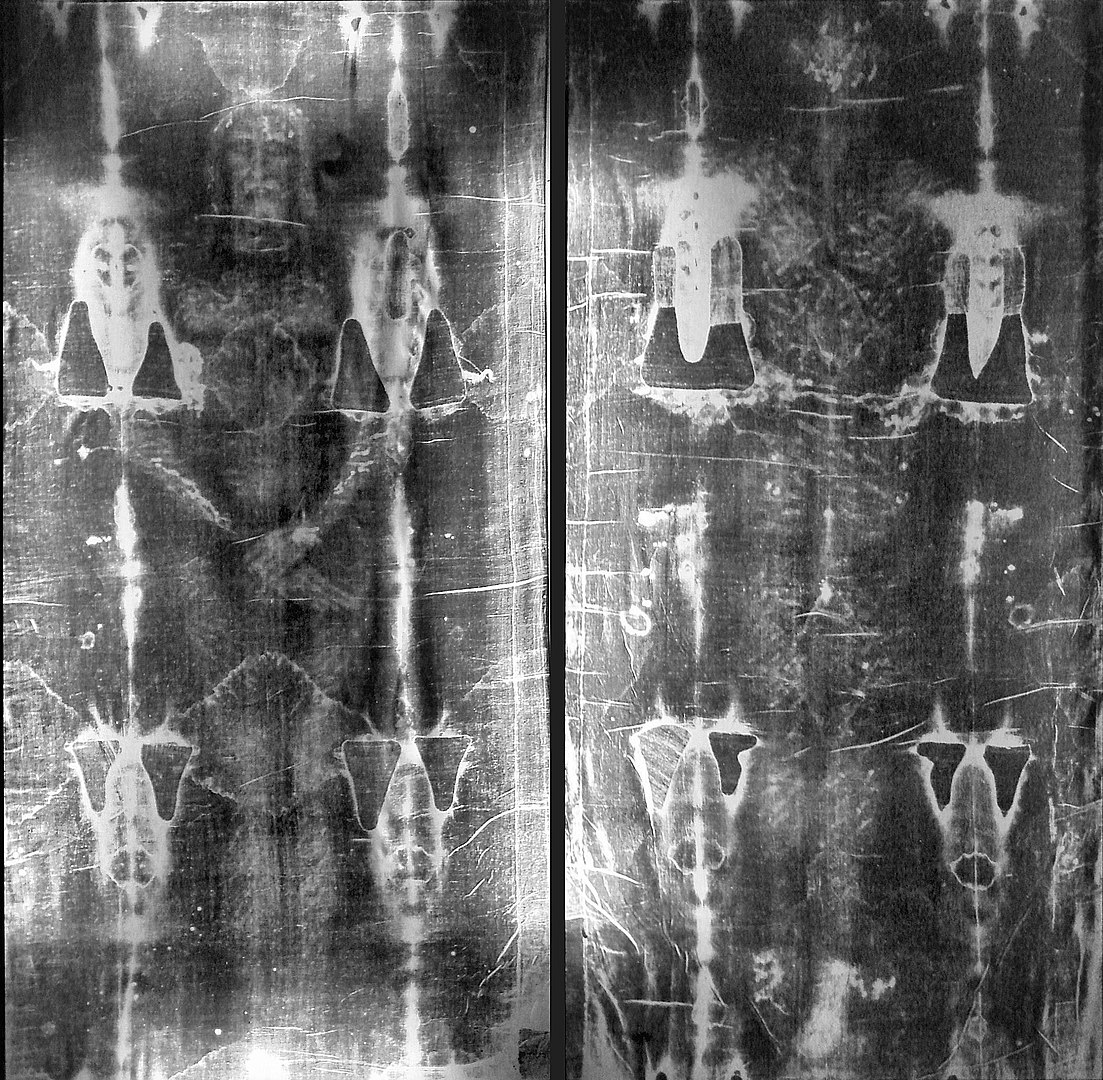Throughout history, archaeologists have unearthed objects and sites that have both fascinated and baffled the scientific community. These mysterious archaeological discoveries, often centuries old, challenge our understanding of the past and raise more questions than answers.
From the enigmatic lines of Nazca to the puzzling Antikythera mechanism, these findings have sparked curiosity and debate among experts and enthusiasts alike. This article sheds light on some of the most perplexing archaeological discoveries that continue to elude explanation, revealing the limits of our historical knowledge and the ever-present mysteries that our ancestors left behind.
Nazca Lines
The Nazca Lines, located in the Nazca Desert of southern Peru, are a series of large ancient geoglyphs that cover over 1,000 sq km. Created by the Nazca culture between 500 BC and 500 AD, these lines form various shapes, from simple geometric patterns to distinct animals and plants. Their size and precision are particularly astonishing, as they can only be fully observed from the air. The purpose of these lines remains unknown, with theories ranging from astronomical tools to religious or ceremonial significance.
The Antikythera Mechanism
Discovered in 1901 in a shipwreck off the coast of the Greek island Antikythera, this ancient device is often referred to as the world’s first computer. Estimated to be from around 100 BC, the mechanism is a complex assembly of over 30 bronze gears. Its intricate design suggests it was used to predict astronomical positions and eclipses for calendrical and astrological purposes. However, the technology evident in the Antikythera Mechanism appears too advanced for its time, leaving scientists puzzled about its exact function and the extent of technological knowledge in ancient Greece.
Gobekli Tepe
This archaeological site in southeastern Turkey has been dated to the 10th millennium BC, making it one of the world’s oldest temple complexes. Gobekli Tepe predates Stonehenge by about 6,000 years, challenging the conventional timeline of civilization. The site consists of massive carved stones and pillars arranged in several large circles. The precise reason for its construction and the methods used by prehistoric peoples to build it with such architectural sophistication are yet to be explained.
The Voynich Manuscript
The Voynich Manuscript, named after the Polish-American book dealer Wilfrid Voynich, who acquired it in 1912, is a detailed 240-page book written in an entirely unknown language or script. Carbon dating suggests it was created in the early 15th century. The manuscript is filled with colorful illustrations of unfamiliar plants, astronomical diagrams, and human figures in odd situations, adding to the mystery. Despite numerous attempts by cryptographers and linguists, the text has not been deciphered, and the book’s origin, author, and purpose remain a mystery.
Stone Spheres of Costa Rica
Found in the Diquis Delta of Costa Rica, these over 300 petrospheres date back to 600 AD. They range in size, with the largest being over 2 meters in diameter, and are almost perfectly round. The original purpose and method of creation of these stone spheres remain unknown. Various theories suggest they were used for astronomical purposes or served as status symbols, but their true purpose remains a matter of speculation.
The Yonaguni Monument
Discovered off the coast of Yonaguni, Japan, in 1986, this underwater formation has sparked debate among scientists. Resembling a massive, stepped pyramid, some argue that the Yonaguni Monument is a man-made structure, possibly the remnants of a long-lost civilization. Others maintain that it’s a natural formation shaped by tectonic activity. Its origins, whether natural or human-made, remain unclear, leaving its true nature shrouded in mystery.
The Longyou Caves
Located in Zhejiang Province, China, these extensive, man-made caverns were only discovered in 1992 when a local villager drained a pond, revealing the entrance. Estimated to be over 2,000 years old, the caves encompass 24 grottoes with intricately carved walls and ceilings. The scale of excavation, along with the lack of historical records or tools, puzzles archaeologists. The purpose of the caves and the methods used in their construction remains unknown.
The Baghdad Battery
This curious artifact, dating back to the Parthian period (between 250 BC and AD 224), was discovered in 1936 near Baghdad, Iraq. The object consists of a terracotta pot containing a copper cylinder and an iron rod, leading some to speculate that it may have been an ancient galvanic cell or battery. If true, it would suggest a knowledge of electricity in the ancient world far ahead of its time. However, the true function of the Baghdad Battery, whether for electroplating, medicinal purposes, or something else entirely, is still debated.
The Copper Scroll
Among the Dead Sea Scrolls, the Copper Scroll stands out for its unique material and content. Discovered in 1952 at the back of Cave 3 near Qumran, this scroll is made of copper and describes a vast treasure of gold and silver, purportedly buried at various locations. Unlike other Dead Sea Scrolls that are mostly religious texts, the Copper Scroll lists 64 locations where significant amounts of treasure can be found. No such treasures have been discovered, leading to speculation about the scroll’s purpose. Was it a real inventory, a fictional account, or a coded message? The Copper Scroll remains one of the most intriguing puzzles from the ancient world.
The Uffington White Horse
This prehistoric hill figure in Oxfordshire, England, is a large design cut into the hillside and filled with chalk. Believed to date back to the Bronze Age, the Uffington White Horse’s exact age and purpose are not known. Its abstract shape, visible only from the air or high vantage points, differs from other hill figures in the region, which are typically more literal representations. While some theories suggest it might have had religious or astronomical significance, its true meaning is lost to history.
The Shroud of Turin
Perhaps one of the most controversial religious relics, the Shroud of Turin, is believed by some to be the burial shroud of Jesus Christ. This linen cloth bears the faint image of a man with markings consistent with crucifixion wounds. The shroud first appeared in historical records in the 14th century in France, and it has been a subject of intense study and debate. Radiocarbon dating tests conducted in 1988 suggested it originated in the medieval period, but these results have been contested by some researchers who argue that the sample used was flawed and that the shroud is much older. Despite numerous scientific investigations, the shroud’s authenticity and the nature of the image remain a mystery, with no conclusive explanation of how the image was produced.
Conclusion
The world of archaeology is full of fascinating mysteries, with numerous discoveries that continue to perplex and intrigue scientists. From the enigmatic Shroud of Turin to the baffling Copper Scroll and the colossal geoglyphs of the Ural Mountains, each of these findings presents a puzzle that defies current understanding.
